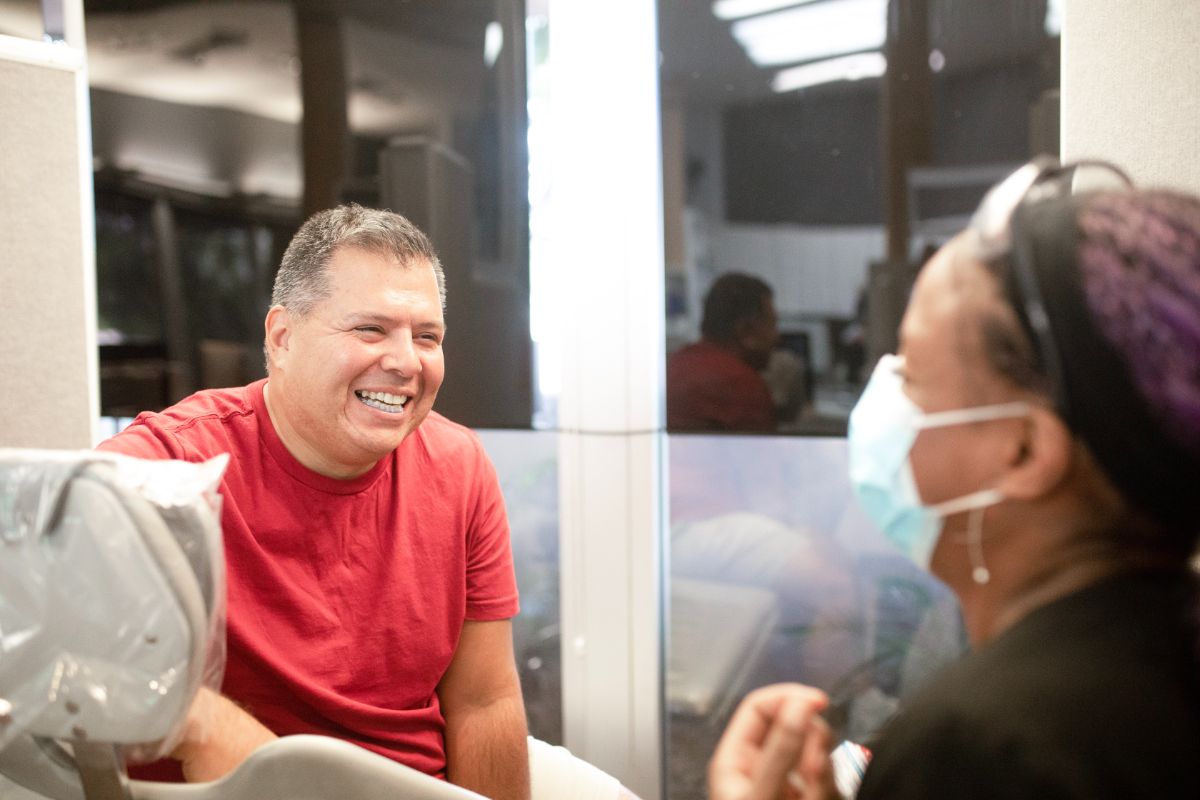Do you frequently experience soreness in your jaw? Is chewing painful? Have you been having more headaches than normal or noticed ringing in your ears? If so, you may be showing signs of a temporomandibular joint disorder, more commonly known as TMD. This describes the jaw pain and dysfunction that can occur when there is a problem with the temporomandibular joint itself, the muscles that support this joint, or both.
The muscles and joints of the jaws are incredibly complex and full of nerve endings. When something is “off” in this area, it can cause a range of symptoms. There are many risk factors for developing TMD, several of which were outlined in a recent issue of The Journal of the American Dental Association. These include certain psychological conditions, pain disorders, sleep disorders, and orofacial symptoms that affect a person’s speech, swallowing, or chewing.
The quoted study found that these issues significantly increase the risk for TMD pain. This is why the expert team here at Serrano Orthodontics believes that the evaluation and prevention of TMD should go deeper than the surface of your smile! Your oral health is an important component of your total body health, and we’re proud to partner with local dentists and other healthcare providers to prevent TMD and effectively treat symptoms if they do occur. To learn more about what TMD is and how it can be resolved, keep reading below!

The signs and symptoms of TMD
The temporomandibular joint is used so often that the symptoms associated with TMD can vary widely. Every case is different, with some people experiencing mild pain on one side of the face while others have severe pain on both sides—and everything in between! Symptoms may last a short while, while others can take years to successfully resolve. The most common signs of TMD include:
- pain or tenderness in the face, jaw joint, neck, or shoulders
- pain in or around the ear when chewing or speaking
- difficulty opening the mouth wide
- jaws that get stuck or locked in an open- or closed-mouth position
- popping noises in the jaw joint when you open or close your mouth
- popping noises in the jaw when chewing
- a “tired” feeling in the face
- difficulty chewing
- feeling as though your upper and lower teeth don’t fit together properly
- swelling on the side of your face
- ringing or stuffy ears
- frequent migraines or headaches
Besides orofacial issues, some psychological conditions, non-regenerative sleep, and pain in other areas of the body, there are other factors for developing TMD. While we’ll outline some of these in the next section, it’s important to work with an experienced orthodontist to ensure you receive a proper diagnosis and the most appropriate treatment for your TMD symptoms.
Common causes of TMD
Injuries to your jaw, TMJ, or the muscles of your head and neck can result in TMD. Other possible causes include:
- grinding or clenching your teeth, since this puts extra pressure on the TMJ
- movement of the soft cushion or disc between the ball and socket of the joint
- arthritis in the TMJ
- stress, which can cause you to clench your teeth or tighten your facial and jaw muscles
A bad bite can also put undue stress on the sensitive parts of your TMJ. This can lead to shooting pains in your face, neck, shoulders, back, and arms. If the misalignment is left untreated, this pain may become chronic over time.
How is TMD diagnosed?
Here at Serrano Orthodontics, we use the latest in innovative dental and orthodontic technology to pinpoint the source of your TMD. To provide an accurate diagnosis, our doctors will:
- measure certain aspects of your teeth and jaw
- determine the proper resting position of your jaw
- map out the movements your jaw makes when speaking and eating
Once Dr. Serrano or Dr. Andrew has diagnosed your TMD and determined the source of it, they will create a customized treatment plan based on your unique case and specific needs.
What treatments are available for TMD?
Most people with TMD have minor symptoms that may appear suddenly every once in a while. Although these will generally resolve on their own within a few weeks or months, you can find relief in the meantime by:
- eating softer foods
- applying ice or moist heat to the affected area
- avoiding extreme jaw movements like wide yawning
- taking smaller bites of food
- alternating chewing between both sides of your mouth
- exploring gentle stress-relief techniques
Whenever possible, we prefer conservative treatments that can be reversed when treating TMD. These non-invasive options won’t cause any permanent changes to the structure or position of your jaw and teeth. But even patients with more serious TMD symptoms won’t usually require aggressive treatment!
One example of conservative treatment is a night guard, sometimes referred to as an occlusal guard. This custom-made mouthguard is worn over your teeth to protect them from the damage that clenching or grinding can cause. The mouthguard creates a physical barrier between your upper and lower teeth, so you end up biting against the guard rather than wearing down your own teeth. This can help prevent and relieve TMD symptoms.
If bite correction is needed to minimize or eliminate your TMD symptoms, we may recommend orthodontic treatment with braces or Invisalign clear aligners.
When TMD is left untreated, it can lead to inflammation, swelling, or chronic pain. It can also contribute to progressive dental problems, such as premature tooth wear and periodontal disease. If you’ve been experiencing any symptoms of TMD, we encourage you to get in touch with our Chandler or Phoenix office to schedule an orthodontic evaluation with one of our experienced doctors!

Treat your TMD with help from the expert team at Serrano Orthodontics
Have you been struggling with TMD symptoms and want to learn more about how treatment can relieve the symptoms? Our complimentary consultation includes a thorough oral examination, proper diagnosis, and discussion of the treatment options available to you. Our goal is to give you a smile that’s beautiful and functional. Take the first step towards a healthier mouth today by scheduling your FREE consultation with our talented team!
